Key Takeaways
- Star Trek episodes set on time-dilation planets explore accelerated evolution or lifetimes for characters.
- Star Trek: Lower Decks’ episode “Fully Dilated” introduces Lower Deckers to time dilation with classic twists.
- Time dilation on planets occurs due to unique structures or space-time disruptions, causing varying impacts.
Some of the best episodes of Star Trek have told the stories of what happens when Starfleet officers get stuck in places where time moves much faster than it does on Earth or Starfleet vessels. This type of distortion is called time dilation. Episodes that take place on or in the orbit of time-dilation planets tend to follow one of two patterns. They either show familiar characters living an entire life during the accelerated timeframe, or the inhabitants of time-distorted planets evolve within days as the crew of a Starfleet ship watches.
A recent episode of Star Trek: Lower Decks, “Fully Dilated,” gives some of the Lower Deckers their first experience with time dilation, and they follow the familiar Star Trek pattern. D’Vana Tendi, Beckett Mariner, and T’lyn get stuck living on a time-dilation planet for nearly a year, even though they’re only off the Cerritos for a few minutes. Of course, the episode has plenty of classic Lower Decks twists and deep cuts, including callbacks to other time-dilation planets in the Trekverse.
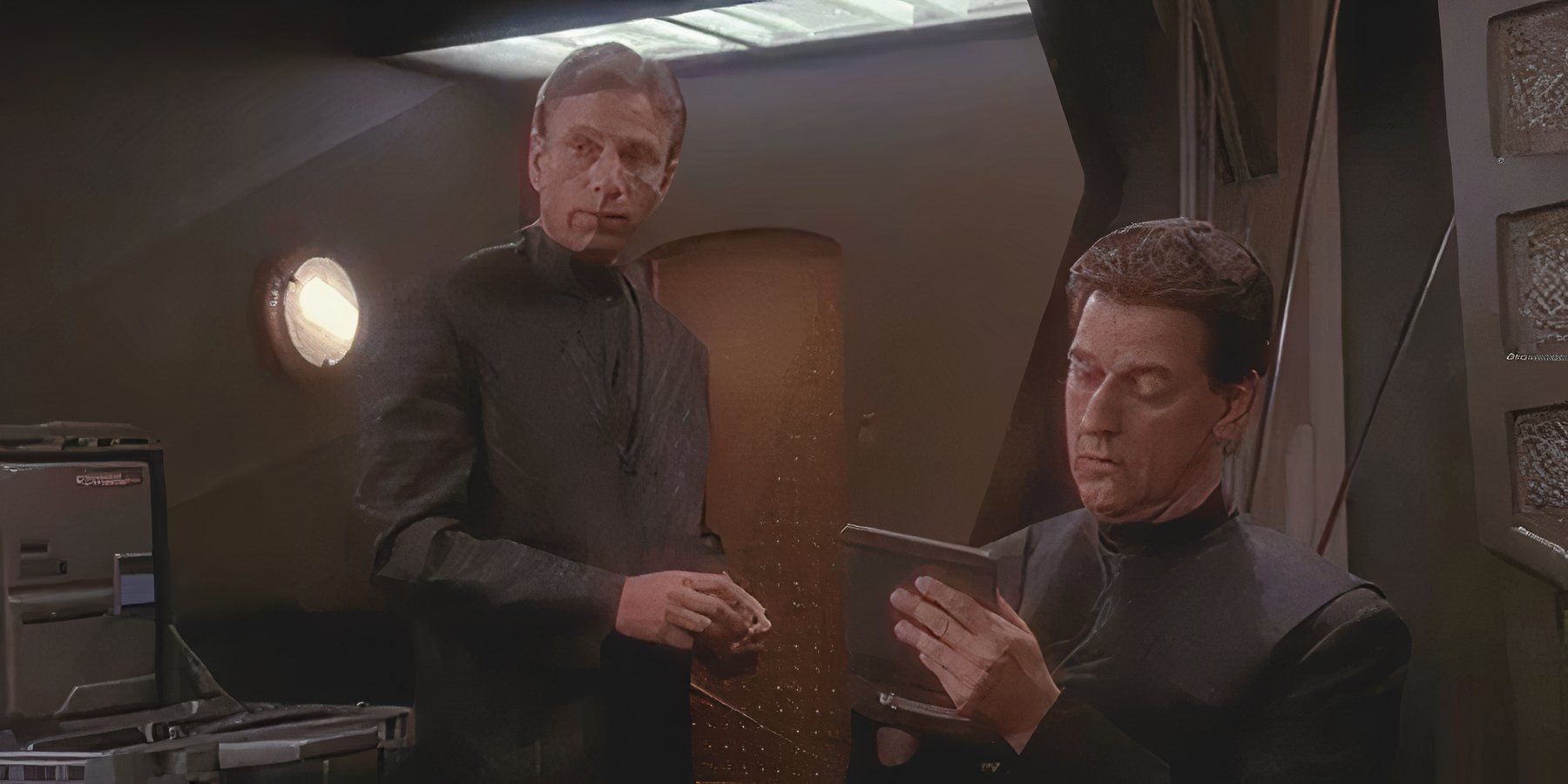
Related
Star Trek’s Department of Temporal Investigations, Explained
When Starfleet officers break the Temporal Prime Directive, they get a visit from the “Time Police,” aka the Department of Temporal Investigations.
What is Time Dilation, and How Does it Work?
As the Lower Deckers quickly explain in “Fully Dilated,” when time moves faster on a planet or in the orbit of that planet, it’s said to experience “time dilation.” This is a specific kind of temporal differential or spacetime differential, which is a Treknobabble way of saying that time moves differently than it does in another place. Temporal or spacetime differentials, including time-dilation, can happen for a variety of reasons.
Sometimes, they are created by disruptions of the space-time continuum. This happened in the Star Trek: Voyager episode “Gravity.” A subspace sinkhole created a temporal differential that pulled one of Voyager’s shuttlepods to a desert planet, where time every minute on the planet was equivalent to about half a second outside the temporal differential.
More often, a unique feature of the planet’s structure causes the spacetime differential. In the Voyager episode “Blink of an Eye,” the ship got stuck in the orbit of a planet that Naomi Wildman and Seven of Nine dubbed “The Weird Planet Displaced in Time.” The planet revolved 58 times per minute, so each day on the planet only took one second for the Voyager crew. The time dilation on the planet was caused by its unique core, which was made of tachyon, naturally occurring particles that travel faster than the speed of light.
Dilmer III, the planet Tendi, Mariner, and T’Lyn visit in “Fully Dilated” also experiences time dilation because of its unique planetary structure. Though the episode doesn’t mention what the planet’s core is composed of, the Lower Deckers mention that the spacetime differential on the planet was created by its core. The time dilation on Dilmer III isn’t as pronounced as it was on “The Weird Planet Displaced in Time,” but for every second on the Cerritos, a week passed on Dilmer III.
Alternate Lives Lived in Moments
The difference in the way time works on time-dilation planets means that, in what seems like moments for one lifeform, the life on a planet can evolve from primitive to warp capable or another lifeform can live a whole life.
Episode: “Gravity”
In “Gravity,” Lieutenant Tom Paris, Chief of Security Tuvok, and The Doctor spend months on the planet where their shuttlepod crashed, even though the crew of Voyager thought they were only gone for a few hours. While on the planet, they meet Noss, a humanoid who has been living there for quite some time. She takes them in and teaches them how to survive on the planet. Paris, Tuvok, and Noss (The Doctor had to be disabled as much as possible to preserve his holo-emitter) develop deep relationships as they live together on the planet. In time, Noss fell in love with Tuvok. Though Tuvok, committed to Vulcan logic (and to his wife on Vulcan), would never admit it, he fell in love with her as well.
When they were finally rescued, Paris and Tuvok had to grieve the lives they’d built on the planet and the different relationships they’d built with Noss. And they were the only ones who could understand the months they’d lived in the mere hours since they’d gone missing.
Episode: “Blink of an Eye”
In “Blink of an Eye,” Voyager is only stuck in the planet’s orbit for a few days, but in those few days, the lifeforms on the planet below experience several centuries worth of evolution. When Voyager first gets stuck in orbit, the humanoids below are in their “caveman” era, and they worship Voyager as a God. Just hours later in Voyager’s time, a vast society arises on the planet.
By the next morning on Voyager, the inhabitants of the planet have developed advanced technologies and are beginning to explore space. Specifically, they want to visit what they’d finally identified as the ship in the sky, Voyager. Unfortunately, the space-time distortion always prevents them from making it to Voyager.
A couple of days after Voyager arrived in orbit, a spacecraft from the planet finally made it all the way to Voyager. The man from the planet explained that they’d developed technology that allowed them to account for the spacetime differentials, adding that the dream of visiting Voyager had been carried through generations of his family. He uses that technology to help Voyager escape his planet’s orbit.
Episode: “Fully Dilated”
When Mariner, Tendi, and T’Lyn realize that something had gone wrong on the Cerritos, and they’d be on Dilmer III for weeks or maybe even months in the local time, Mariner sets out to live her own time-dilation life. And as it always goes with Lower Decks, it doesn’t go quite as she planned. Though, she does make quite a few good friends during her two stints in prison. The episode is worth watching unspoiled, as fans of Lower Decks will find plenty to enjoy.

Star Trek: Lower Decks
Source link
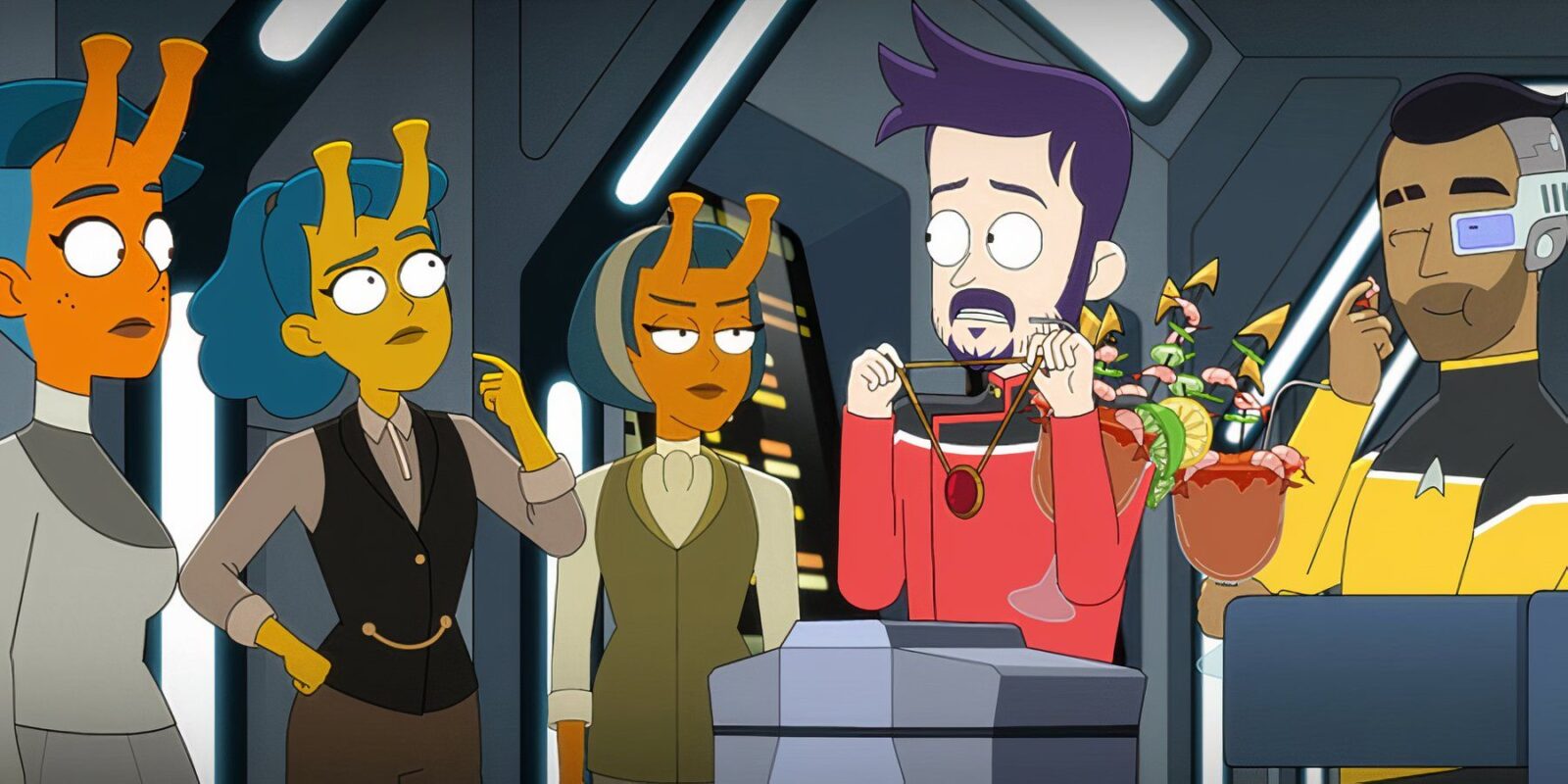

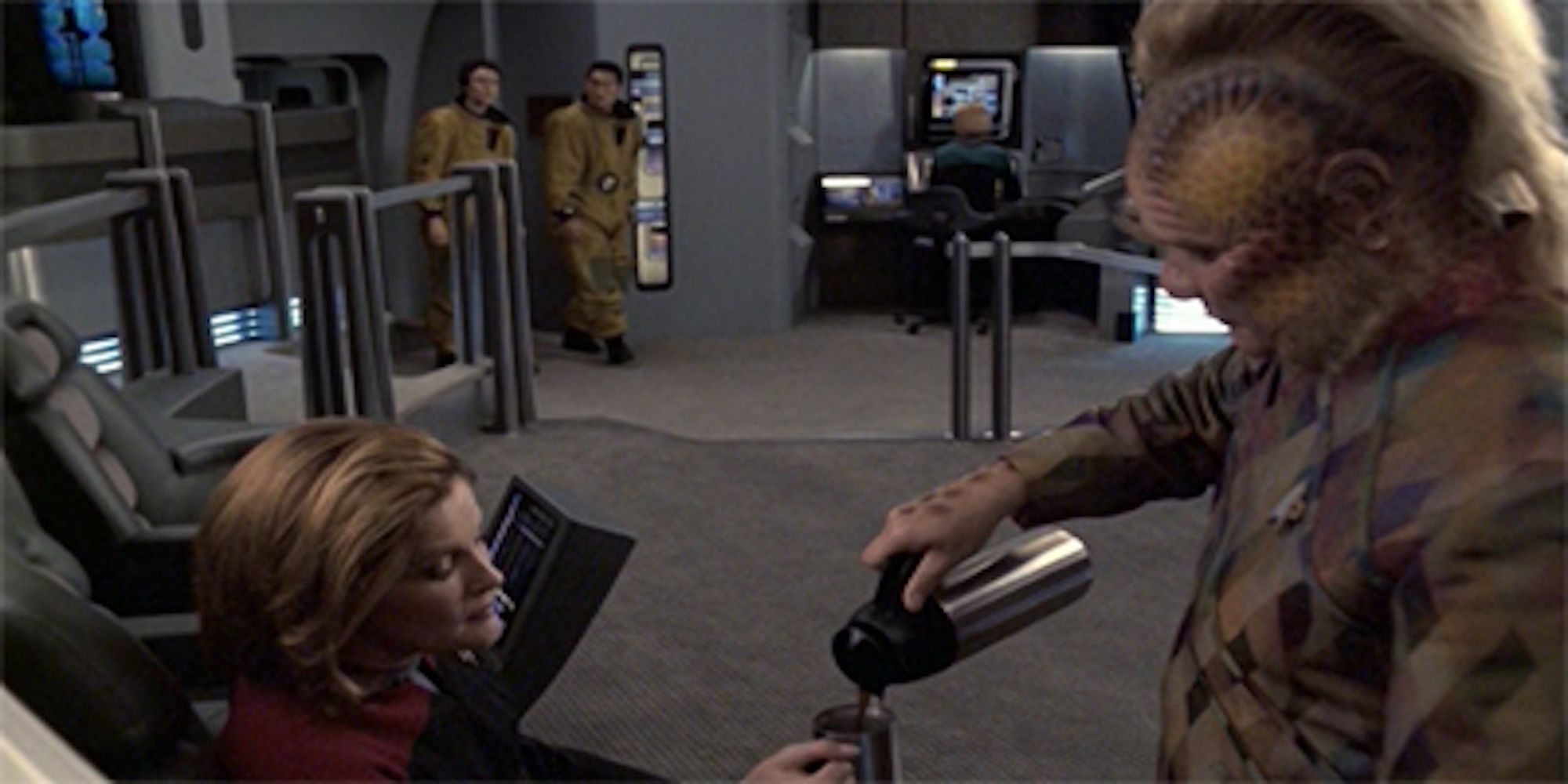
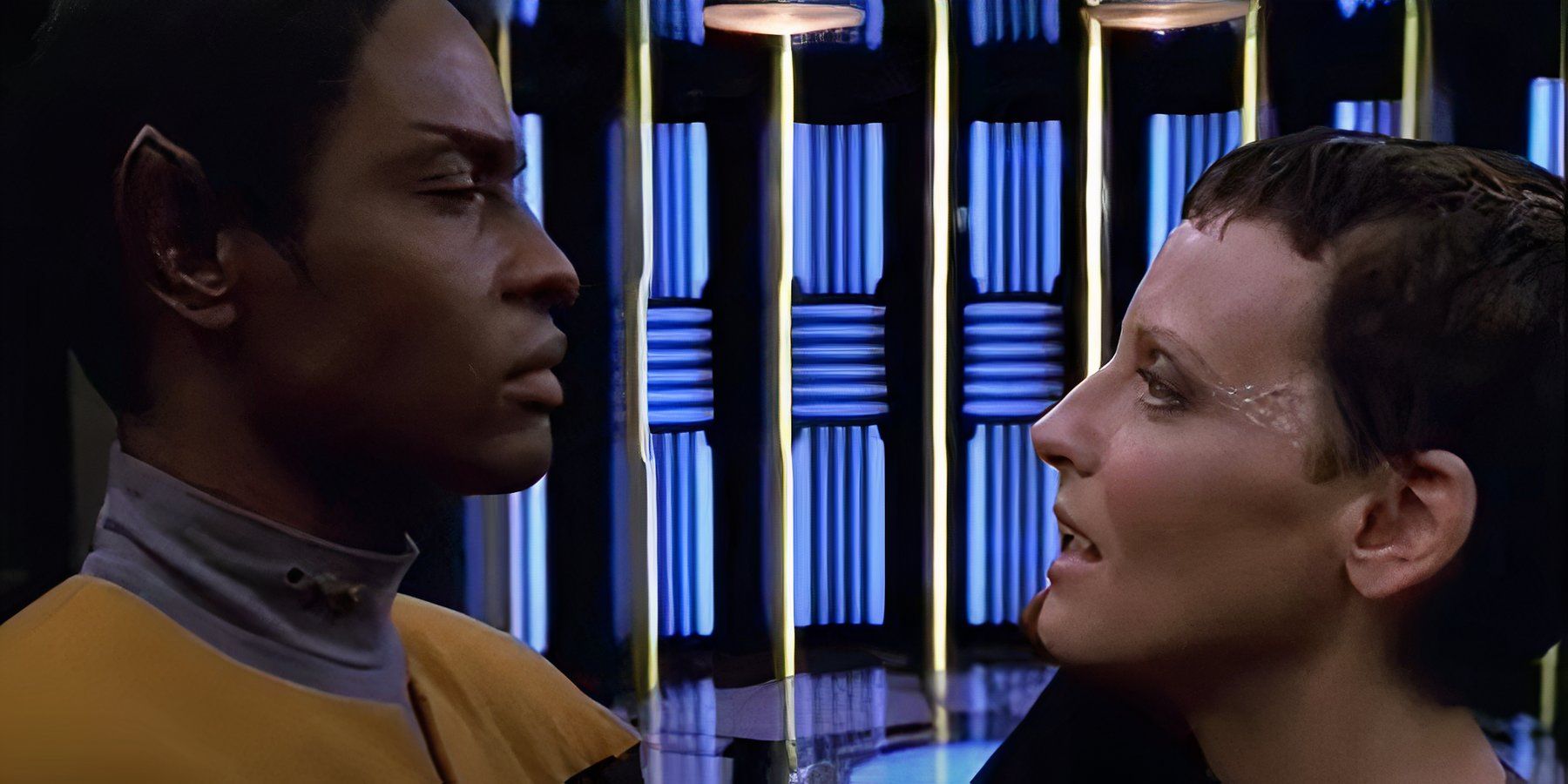






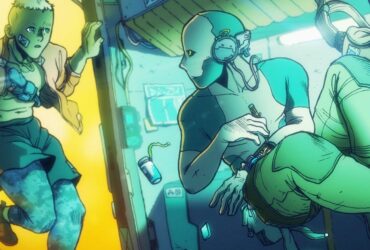



Leave a Reply